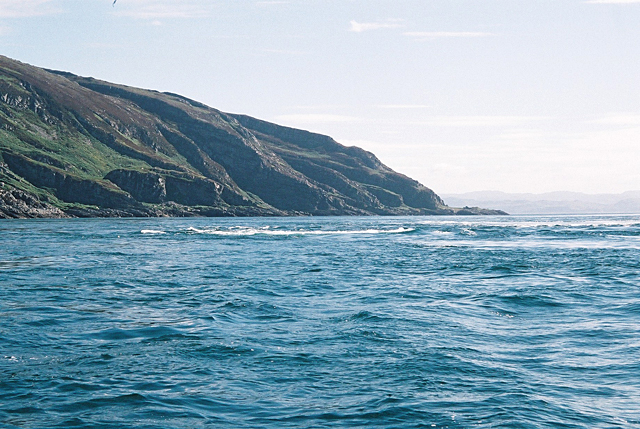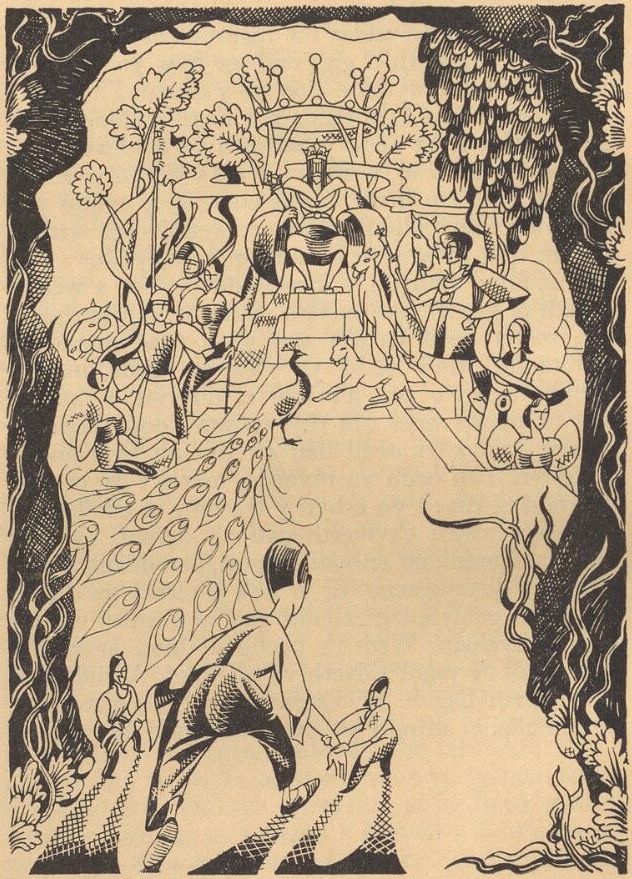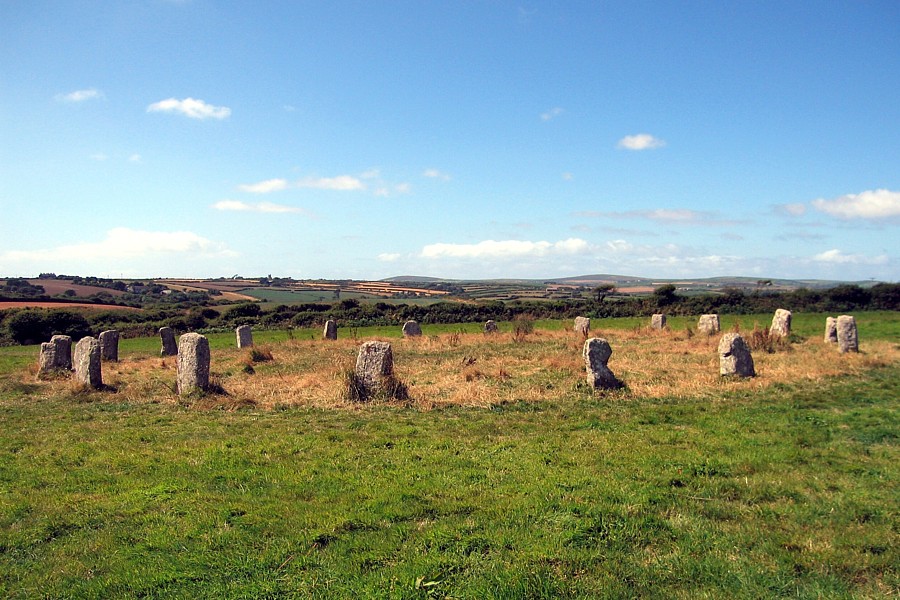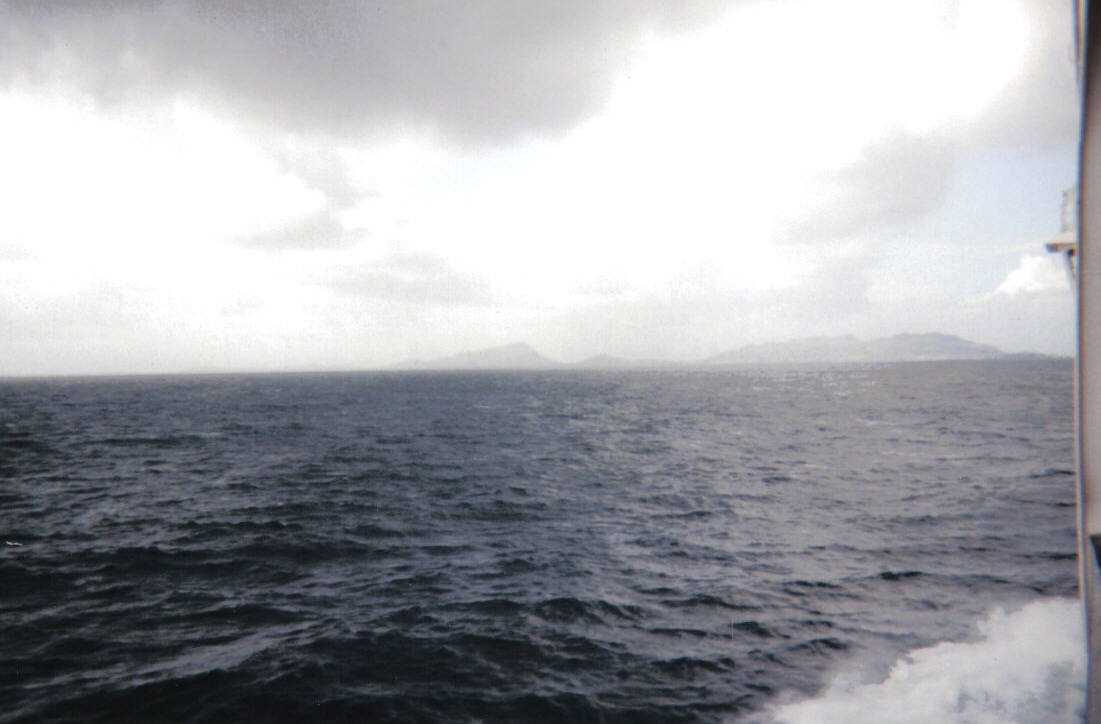|
Scottish Folklore
Scottish folklore (Scottish Gaelic: ''Beul-aithris na h-Alba'') encompasses the folklore of the Scottish people from their earliest records until today. Folkloristics, Folklorists, both academic and amateur, have published a variety of works focused specifically on the area over the years.Sanderson (1957: 457-466). Some creatures of Scottish folklore are Loch Ness Monster, brownie (folklore), brownies, bogles, kelpies, selkies, wulver, the wulver, bean-nighe, the bean-nighe, and Blue men of the Minch, the blue men of the Minch. See also * Cornish mythology * English folklore * Matter of Britain * Welsh folklore * Welsh mythology * Scottish mythology Notes References * External links * Scottish folklore, {{Folklore-stub ... [...More Info...] [...Related Items...] OR: [Wikipedia] [Google] [Baidu] |
Scottish Gaelic
Scottish Gaelic (, ; Endonym and exonym, endonym: ), also known as Scots Gaelic or simply Gaelic, is a Celtic language native to the Gaels of Scotland. As a member of the Goidelic language, Goidelic branch of Celtic, Scottish Gaelic, alongside both Irish language, Irish and Manx language, Manx, developed out of Old Irish. It became a distinct spoken language sometime in the 13th century in the Middle Irish period, although a Classical Gaelic, common literary language was shared by the Gaels of both Ireland and Scotland until well into the 17th century. Most of modern Scotland was once Gaelic-speaking, as evidenced especially by Gaelic-language place names. In the 2011 United Kingdom census#2011 Census for Scotland, 2011 census of Scotland, 57,375 people (1.1% of the Scottish population, three years and older) reported being able to speak Gaelic, 1,275 fewer than in 2001. The highest percentages of Gaelic speakers were in the Outer Hebrides. Nevertheless, there is a language ... [...More Info...] [...Related Items...] OR: [Wikipedia] [Google] [Baidu] |
Bean-nighe
The (Scottish Gaelic for 'washerwoman' or 'laundress'; ) is a female spirit in Scottish folklore, regarded as an omen of death and a messenger from the Otherworld. She is a type of (, anglicized as "banshee") that haunts desolate streams and washes the clothing of those who are about to die. is the French word under which these "night washerwomen" are perhaps best known. She is also called , 'the little washer', , 'little washer of the ford', or , 'little washer of the sorrow'. Legends The , also known as the Washing Woman or Washer at the Ford, is seen in lonely places beside a stream or pool, washing the blood from the linen and grave-clothes of those who are about to die. Her characteristics vary depending on the locality, and differing traditions ascribe to her the powers of imparting knowledge or the granting of wishes if she is approached with caution. It is said that (the plural of ) are the spirits of maternal mortality, women who died giving birth and are doomed to ... [...More Info...] [...Related Items...] OR: [Wikipedia] [Google] [Baidu] |
Scottish Mythology
Scottish mythology is the collection of myths that have emerged throughout the history of Scotland, sometimes being elaborated upon by successive generations, and at other times being rejected and replaced by other explanatory narratives. Nature myths The myths and legends of Scotland have a "local colour" as they tell about the way of life during the olden times, apart from giving a perspective of the nature of the country during various seasons of the year. It was the belief that Beira, the Queen of Winter, had a firm hold on the country by raising storms during January and February thus preventing greenery to emerge. She was considered a tough and brutal old woman who stirred the deadly spiraling action of Corryvreckan, ushering snow, as well as torrents resulting in the overflow of rivers. Even the creation of lochs and mountains were attributed to her. Scottish mythology is not like the Greek and Roman myths as it deals with various aspects of nature. In this conte ... [...More Info...] [...Related Items...] OR: [Wikipedia] [Google] [Baidu] |
Welsh Mythology
Welsh mythology (also commonly known as ''Y Chwedlau'', meaning "The Legends") consists of both folk traditions developed in Wales, and traditions developed by the Celtic Britons elsewhere before the end of the first millennium. As in most of the predominantly oral societies Celtic mythology and history were recorded orally by specialists such as druids (). This oral record has been lost or altered as a result of outside contact and invasion over the years. Much of this altered mythology and history is preserved in Medieval Welsh literature, medieval Welsh manuscripts, which include the Red Book of Hergest, the White Book of Rhydderch, the Book of Aneirin and the Book of Taliesin. Other works connected to Welsh mythology include the ninth-century Latin historical compilation ''Historia Brittonum'' ("History of the Britons") and Geoffrey of Monmouth's twelfth-century Latin chronicle ''Historia Regum Britanniae'' ("History of the Kings of Britain"), as well as later Welsh folklore, ... [...More Info...] [...Related Items...] OR: [Wikipedia] [Google] [Baidu] |
Welsh Folklore
Welsh folklore is the collective term for the folklore of the Welsh people. It encompasses topics related to Welsh mythology, Folklore, folk tales, customs, and oral tradition. Welsh folklore is related to Irish folklore, Irish and Scottish folklore due to its Celtic traditions, and to English folklore, it also shares similarities with Breton and Cornish folklore due to shared history Sources There are many examples of folk literary traditions in Nennius' book ''Historia Brittonum'', written around the start of the 9th century. There are scattered motifs of Middle Welsh prose, and many references can also be found in the works of the bards: for example in some of Taliesin's works and in that of the Poets of the Princes. It is only comparatively recently that the Welsh folk tales were collected and published. There are English language volumes such as ''The Cambrian Popular Antiquities'' by Peter Roberts (priest), Peter Roberts (1815). One of the first Welsh language books is ''Y ... [...More Info...] [...Related Items...] OR: [Wikipedia] [Google] [Baidu] |
Matter Of Britain
The Matter of Britain (; ; ; ) is the body of medieval literature and legendary material associated with Great Britain and Brittany and the list of legendary kings of Britain, legendary kings and heroes associated with it, particularly King Arthur. The 12th-century writer Geoffrey of Monmouth's (''History of the Kings of Britain)'' is a central component of the Matter of Britain. It was one of the three great Western Literary cycle, story cycles recalled repeatedly in medieval literature, together with the Matter of France, which concerned the legends of Charlemagne and his Paladin, companions, as well as the Matter of Rome, which included material derived from or inspired by classical mythology and classical antiquity, classical history. Its pseudo-chronicle and chivalric romance works, written both in prose and verse, flourished from the 12th to the 16th century. Name The three "matters" were first described in the 12th century by French poet Jean Bodel, whose epic ' ("Song ... [...More Info...] [...Related Items...] OR: [Wikipedia] [Google] [Baidu] |
English Folklore
English folklore consists of the myths and legends of England, including the region's Legendary creature, mythical creatures, traditional recipes, urban legends, proverbs, superstitions, Folk dance, dance, balladry, and Folklore, folktales that have been passed down through generations, reflecting the cultural heritage of the country. This body of folklore includes a diverse array of characters, such as heroic figures like Beowulf or Robin Hood, legendary kings like King Arthur, Arthur, and mythical creatures like the Green Man (folklore), Green Man and Black Shuck. These tales and traditions have been shaped by the historical experiences of the English people, influenced by the various cultures that have settled in England over centuries, including Celtic Britons, Celtic, Romano-British culture, Roman, Anglo-Saxons, Anglo-Saxon, Norse mythology, Norse, and Normans, Norman elements. The stories within English folklore often convey themes of justice, loyalty, bravery, and the su ... [...More Info...] [...Related Items...] OR: [Wikipedia] [Google] [Baidu] |
Cornish Mythology
Cornish mythology is the folk tradition and mythology of the Cornish people. It consists partly of folk traditions developed in Cornwall and partly of traditions developed by Britons elsewhere before the end of the first millennium, often shared with those of the Breton and Welsh peoples. Some of this contains remnants of the mythology of pre-Christian Britain. The folklore of Cornwall often consists of tales of giants, mermaids, Bucca, piskies or the 'pobel vean' (little folk.) These tales are still popular today, with some events hosting a 'droll teller' or storyteller, to share Cornish myths and legends. The myths and stories of Cornwall have found much publishing success, particularly in children's books. The fairy tale Jack the Giant Killer takes place in Cornwall. Many early British legends associate King Arthur with Cornwall, putting his birthplace at Tintagel, the court of King Mark of Cornwall, uncle of Tristan and husband of Iseult, the most famous Cornish l ... [...More Info...] [...Related Items...] OR: [Wikipedia] [Google] [Baidu] |
Blue Men Of The Minch
The blue men of the Minch, also known as storm kelpies ( ), are mythological creatures inhabiting the stretch of water between the northern Outer Hebrides and mainland Scotland, looking for sailors to drown and stricken boats to sink. Apart from their blue colour, the mythical creatures look much like humans, and are about the same size. They have the power to create storms, but when the weather is fine they float sleeping on or just below the surface of the water. The blue men swim with their torsos raised out of the sea, twisting and diving as porpoises do. They are able to speak, and when a group approaches a ship its chief may shout two lines of poetry to the master of the vessel and challenge him to complete the verse. If the skipper fails in that task then the blue men will attempt to capsize his ship. Suggestions to explain the mythical blue men include that they may be a personification of the sea, or originate with the Picts, whose painted bodies may have given the impr ... [...More Info...] [...Related Items...] OR: [Wikipedia] [Google] [Baidu] |
Wulver
The wulver or wullver is a kind of wolf-like humanoid creature in the folklore Folklore is the body of expressive culture shared by a particular group of people, culture or subculture. This includes oral traditions such as Narrative, tales, myths, legends, proverbs, Poetry, poems, jokes, and other oral traditions. This also ... of the Shetland Islands of Scotland. In modern times, the origin of the wulver has been disputed. History The wulver is said by the Shetland folklorist Jessie Saxby to be benevolent, although later accounts state that they became violent if provoked. They were generally friendly to locals, however, and were known to share the fish they caught with them. They were usually described as looking like furry people with the head of a wolf. Some accounts claim they were never human to begin with. Saxby, in ''Shetland Traditional Lore'' writes:In previous publications, Saxby spelled the word as "wullver." Interpretations After researching folklore trad ... [...More Info...] [...Related Items...] OR: [Wikipedia] [Google] [Baidu] |
Folklore
Folklore is the body of expressive culture shared by a particular group of people, culture or subculture. This includes oral traditions such as Narrative, tales, myths, legends, proverbs, Poetry, poems, jokes, and other oral traditions. This also includes material culture, such as traditional building styles common to the group. Folklore also encompasses customary lore, taking actions for folk beliefs, including folk religion, and the forms and rituals of celebrations such as Christmas, weddings, folk dances, and Rite of passage, initiation rites. Each one of these, either singly or in combination, is considered a Cultural artifact, folklore artifact or Cultural expressions, traditional cultural expression. Just as essential as the form, folklore also encompasses the transmission of these artifacts from one region to another or from one generation to the next. Folklore is not something one can typically gain from a formal school curriculum or study in the fine arts. Instead, thes ... [...More Info...] [...Related Items...] OR: [Wikipedia] [Google] [Baidu] |
Selkie
Selkies are mythological creatures that can shapeshift between seal and human forms by removing or putting on their seal skin. They feature prominently in the oral traditions and mythology of various cultures, especially those of Celtic and Norse origin. The term "selkie" derives from the Scots word for "seal", and is also spelled as ', ', or '. Selkies are sometimes referred to as selkie folk (), meaning "seal folk". Selkies are mainly associated with the Northern Isles of Scotland, where they are said to live as seals in the sea but shed their skin to become human on land. Selkies have a dual nature: they can be friendly and helpful to humans, but they can also be dangerous and vengeful. Selkies are often depicted as attractive and seductive in human form, and many stories involve selkies having romantic or sexual relationships with humans, sometimes resulting in children. Selkies can also be coerced or tricked into marrying humans, usually by someone who steals and hide ... [...More Info...] [...Related Items...] OR: [Wikipedia] [Google] [Baidu] |






